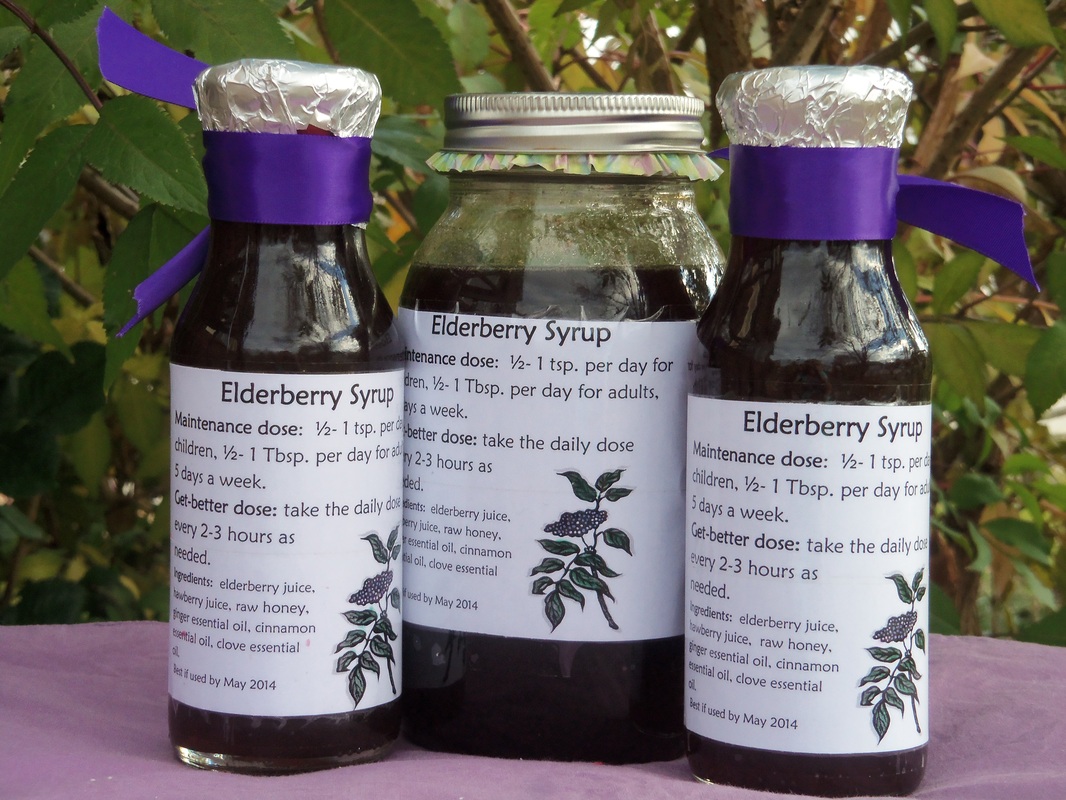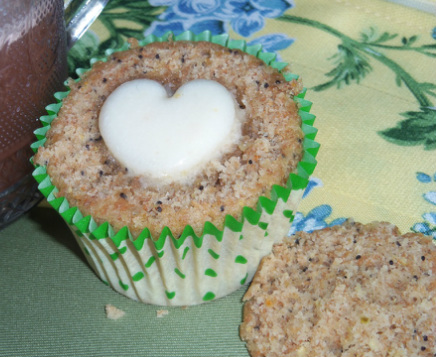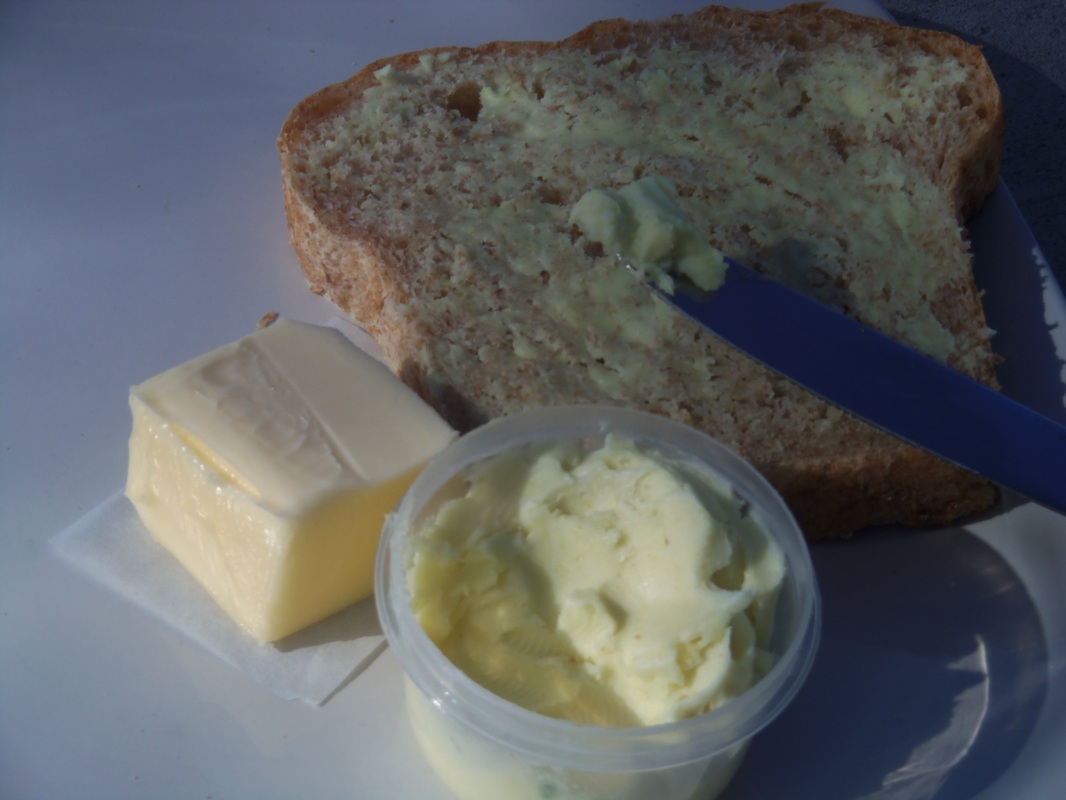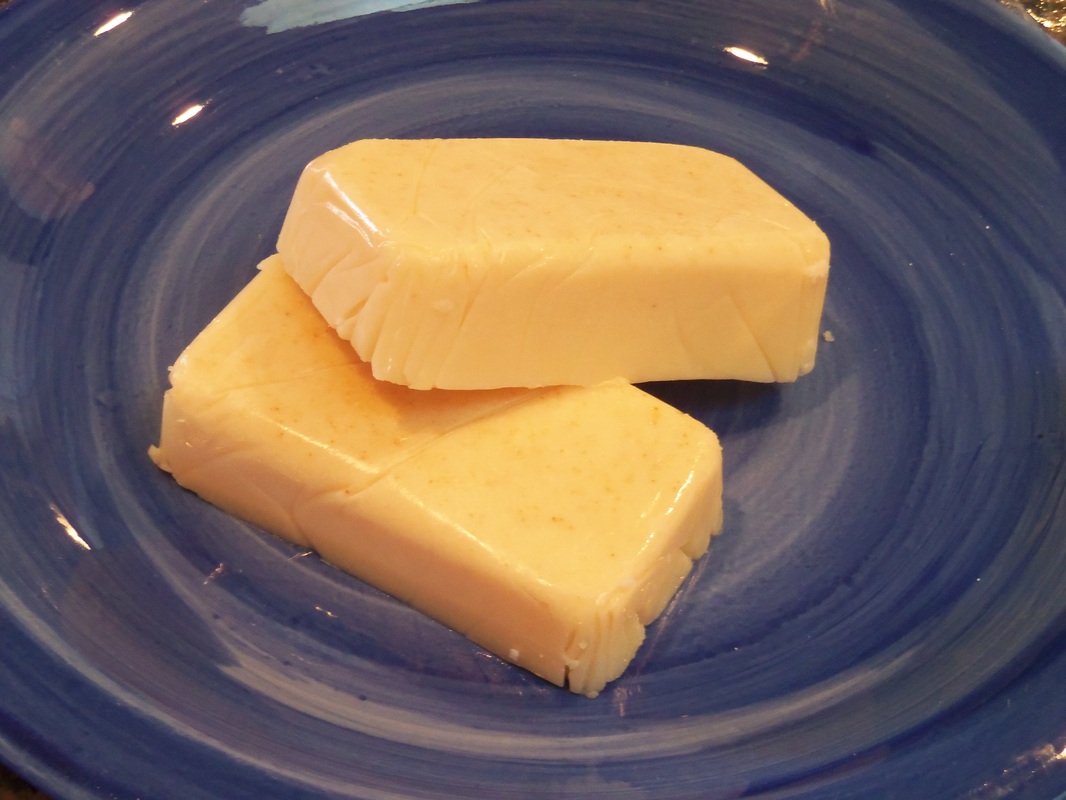Several years ago I found a recipe for a lemon-and-mint-infused syrup to pour over watermelon, or over a mixture of watermelon, cantaloupe, and honeydew. It took a few hours to make the syrup, though. Now that I have essential oils on hand, the flavor base takes almost no time at all!
Citrus-Mint Watermelon Salad
(enough syrup for 4-8 lbs melon while weighed with the rinds still on)
1/4 c. sugar (OR 3 Tbsp. honey)
2 Tbsp. lemon juice
1-3 drops mint essential oil (1 for subtle flavor, 3 for very noticeable)
6 drops any combination of citrus oils (lime, orange, lemon, grapefruit... I used 3 drops lime oil, 3 drops grapefruit oil)
Stir together the sugar and lemon juice; bring to a boil, stirring just until sugar is dissolved. If using honey, there is no need to heat it; just stir the honey and lemon together.
Let the syrup cool slightly (if the sugar version), then add mint and citrus oils.
Pour over cut-up melon- plain watermelon or a combination of melons- and stir well to coat.
This would make a fun Fourth of July salad if you added some fresh blueberries to the watermelon.
BONUS: the juice left in the bottom is delicious plain (you might prefer it diluted with some water) or added to smoothies.




























 RSS Feed
RSS Feed